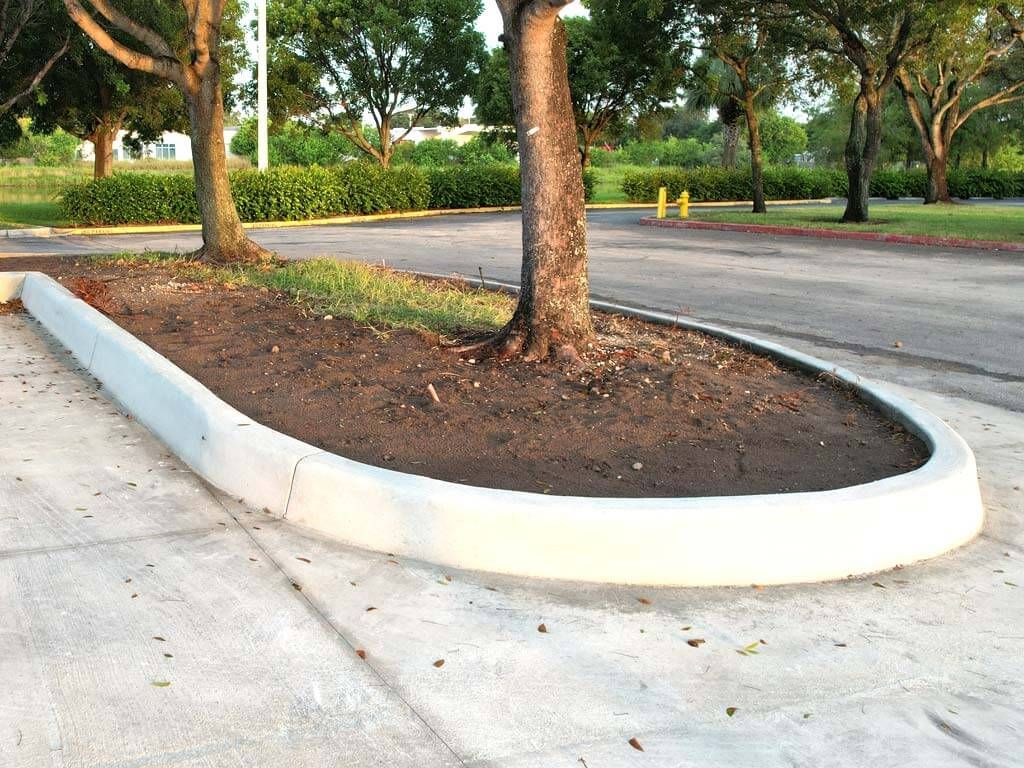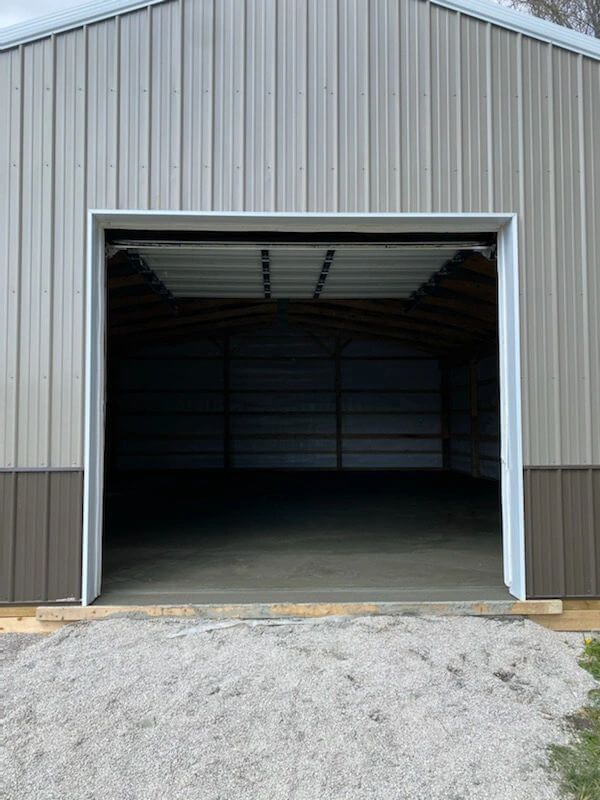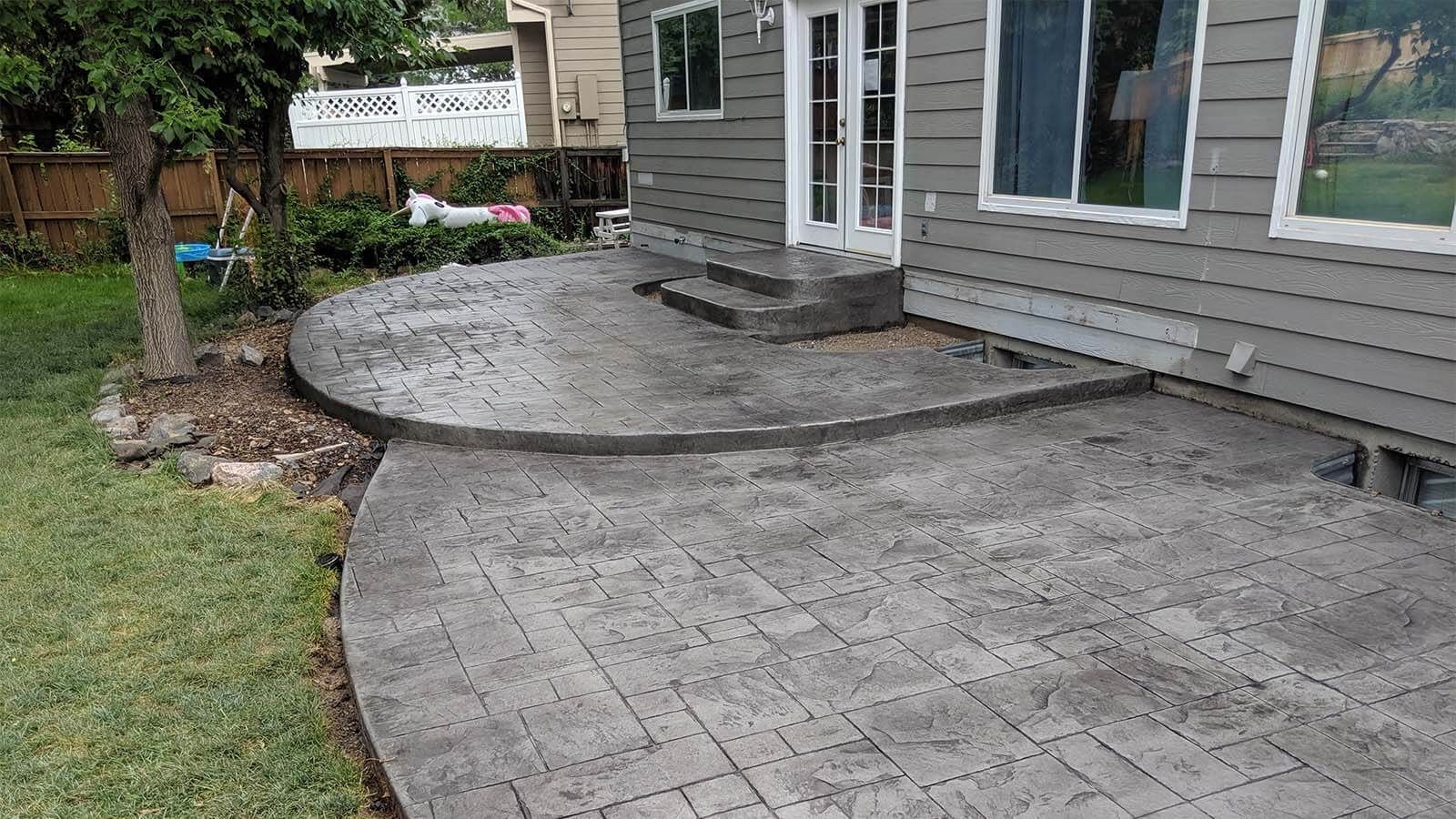How To Paint A Concrete Patio: A Comprehensive Guide
Related Articles...
Transforming your concrete patio with a fresh coat of paint can breathe new life into your outdoor space. Whether you want to refresh an old patio or completely change its look, painting concrete is a cost-effective way to enhance its appearance and durability. This guide provides step-by-step instructions on how to paint a concrete patio, including the importance of priming the surface for optimal results.
1. Prepare the Patio for Painting
Ensure a clean, smooth surface for effective paint adhesion.
- Clean the Surface: Start by thoroughly cleaning the concrete patio. Use a broom or vacuum to remove loose debris, followed by a scrub with a mixture of mild detergent and water. For stubborn stains, consider using a degreaser or a concrete cleaner. Rinse the surface with clean water and allow it to dry completely. Proper cleaning is essential to ensure that the paint adheres well and lasts longer.
- Repair Cracks and Holes: Inspect the concrete for any cracks or holes. Use a concrete patch or filler to repair these imperfections. Follow the manufacturer's instructions for application and drying times. Smooth out the patched areas with a trowel to ensure an even surface.
- Etch the Surface: For better paint adhesion, etch the concrete surface using a concrete etching solution. This process opens up the surface and creates a rough texture that helps the paint adhere more effectively. Apply the etching solution as per the manufacturer's instructions, rinse thoroughly, and let the surface dry completely.
2. Prime the Concrete Patio
Prepare the surface to enhance paint adhesion and durability.
- Choose the Right Primer: Select a high-quality concrete primer suitable for outdoor use. A good primer helps to seal the porous surface of the concrete and provides a base for the paint to adhere. If you're working with a previously painted surface or have repaired areas, a bonding primer can be especially useful.
- Apply the Primer: Use a roller or brush to apply the primer evenly across the concrete patio. Start at one corner and work your way across, ensuring you cover the entire surface. Be mindful of any drips or runs and smooth them out as you go. Allow the primer to dry completely before moving on to the next step. This may take a few hours, depending on the primer and weather conditions.
3. Paint the Concrete Patio
Apply an even coat of paint for a fresh, durable finish.
- Select the Paint: Choose a high-quality concrete paint designed for outdoor use. Concrete paint is formulated to withstand harsh weather conditions and foot traffic. For added durability, you might consider using an epoxy or acrylic concrete paint.
- Mix the Paint: Stir the paint thoroughly before used to ensure an even color and consistency. Pour the paint into a paint tray for easier application.
- Apply the Paint: Using a roller or brush, apply the paint in long, even strokes. Start from one corner and work your way across the patio. Apply a thin, even coat and avoid overloading the roller or brush to prevent drips. For a more textured finish, you can use a textured roller or add a texture additive to the paint.
- Allow for Drying: Let the first coat of paint dry completely before applying a second coat. Drying times can vary based on the type of paint, temperature, and humidity. Follow the paint manufacturer’s recommendations for drying times and re-coating.
4. Seal the Painted Patio
Protect the painted surface and extend its lifespan.
- Choose a Sealer: Select a concrete sealer designed for painted surfaces. A sealer will protect the paint from UV rays, moisture, and wear, ensuring a longer-lasting finish. Look for a sealer that is compatible with the type of paint you use.
- Apply the Sealer: Once the paint is fully dry, apply the sealer using a roller or brush. Apply a thin, even coat and avoid over-applying. Allow the sealer to dry as per the manufacturer’s instructions, typically for 24-48 hours. Avoid walking on or placing furniture on the patio until the sealer has fully cured.
- Maintain the Patio: Regular maintenance will help keep your painted patio looking its best. Clean the surface regularly with a mild detergent and water, and address any spills or stains promptly. Periodically check the sealer and reapply if necessary to maintain protection.
Why Priming is Essential
Priming is a crucial step in painting a concrete patio. Concrete is a porous material that can absorb paint unevenly if not properly prepared. Priming ensures that the paint adheres well and provides a smooth, consistent finish. It also helps to seal the surface, reducing the amount of paint needed and improving the longevity of the painted surface. Without proper priming, the paint may peel, crack, or fade prematurely.
By following these steps, you can achieve a beautifully painted concrete patio that enhances your outdoor space and stands up to the elements. Proper preparation, priming, and sealing are key to achieving a professional-looking and durable finish.





